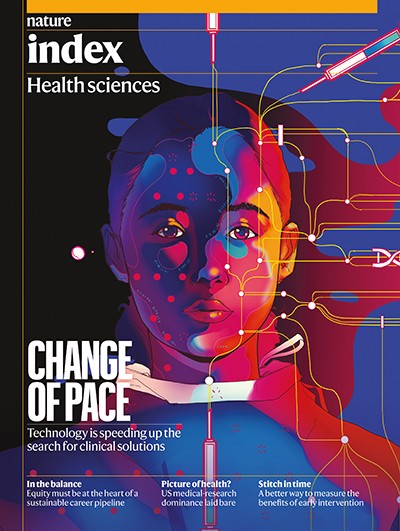[ad_1]

Credit: Taj Francis
Last year, the Nature Index was broadened to include author affiliations from articles in more than 60 medical journals. The expansion, which covers all major disciplines and specialities in clinical medicine and surgery, offers new insights into global publishing trends in the health sciences. This is the first supplement to explore some of those trends.
Nature Index 2024 Health sciences
Two things immediately stand out. The first is that the United States dominates high-quality output in the health sciences, contributing a Share of 8,468 to publications in the Nature Index. China, which in 2023 overtook the United States in natural-sciences output in the database, trails in a distant second place, with a Share of 2,108.
The second noticeable data point is the dominance of Harvard University in the field. The institution, based in Cambridge, Massachusetts, has a Share (822) that is almost three times higher than the second-ranked institution, the US National Institutes of Health (290).
An extraordinary amount of money is invested in health-sciences research, but this hasn’t translated to a faster pipeline for new therapies. The increasing complexity of clinical trials is part of the problem, and something that researchers are hoping artificial intelligence can help to address. Others are rethinking how therapies are assessed in trials to make the results more meaningful. For example, could data impact people with Alzheimer’s and other progressive conditions by measuring how many ‘good years’ a medication can give, rather than comparing scores on cognitive tests?
Outside clinical trials, there are structural weaknesses in health-sciences research that need urgent attention, such as the lack of women in leadership positions. If institutions do not work harder to increase diversity at the top levels of academia, they risk damaging the talent pipeline and ultimately health outcomes for everyone.
[ad_2]
Source Article Link


